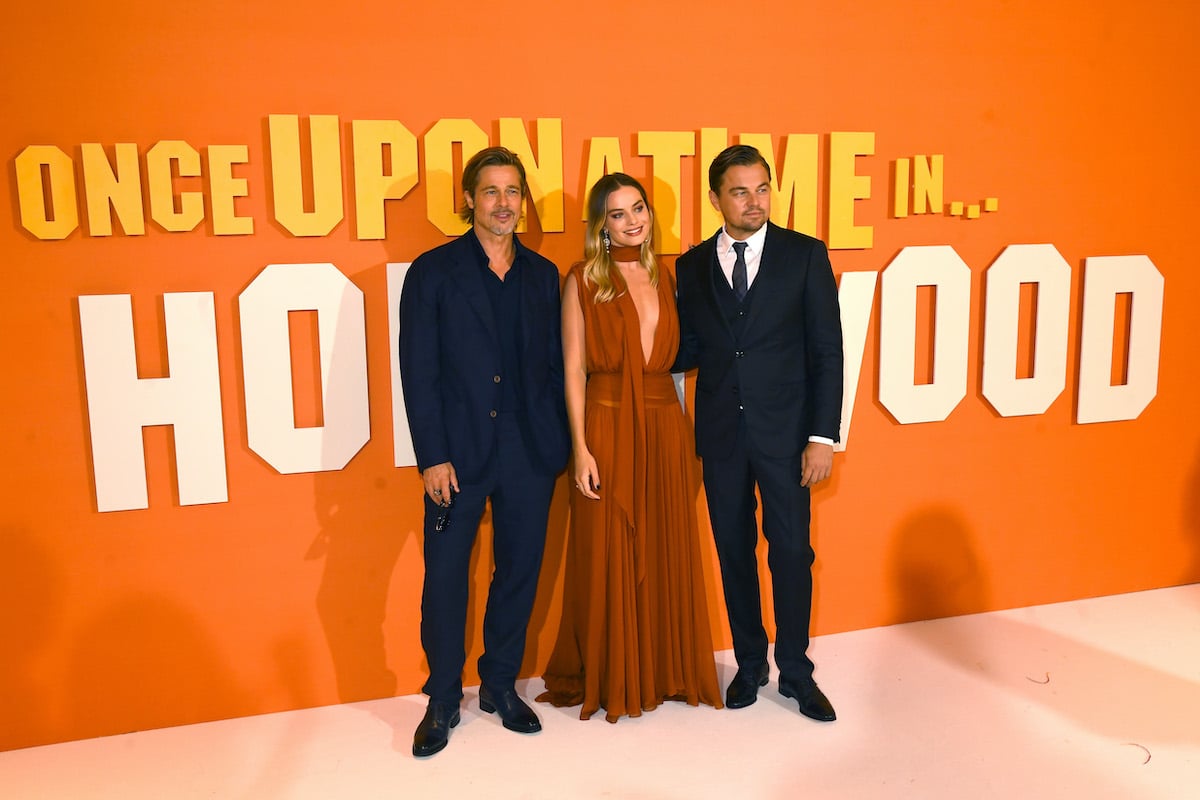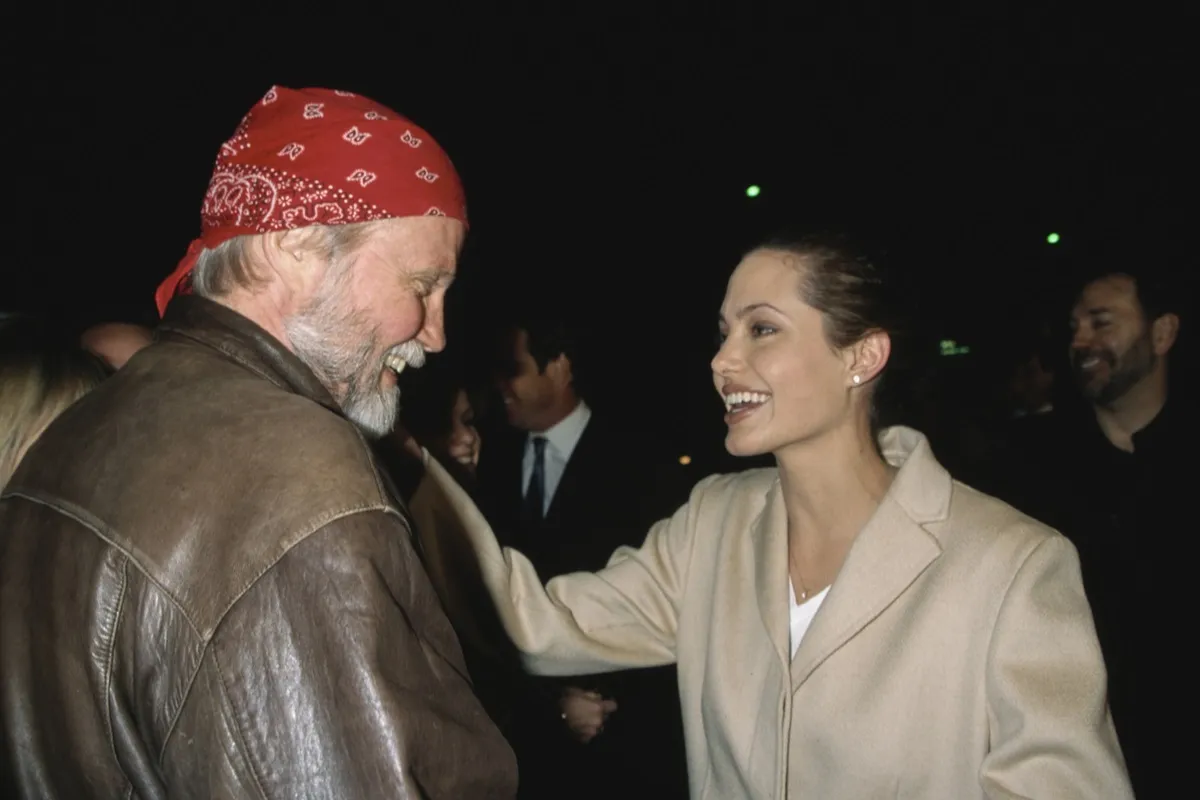1 Scene From ‘Once Upon a Time in Hollywood’ Shows How Cults Stay Isolated, Cult Deprogrammer Says
When it comes to realism in movies, Quentin Tarantino’s offerings aren’t usually high on the list. Famously a slasher fan, Tarantino has a tendency to make over-the-top scenes full of gore and cartoonish violence. When it came to Once Upon a Time in Hollywood, though, at least one part of the film was fairly true to life.

A cult deprogrammer explains how one particular scene demonstrates the way cults keep their members isolated in order to maintain power.
‘Once Upon a Time in Hollywood’ put a fantasy spin on a real story
Released in 2019, Once Upon a Time in Hollywood made a big splash with its star-studded cast and subject matter. Starring Leonardo DiCaprio, Brad Pitt, and Margot Robbie, the film was an A-list event. It added in Emile Hirsch, Dakota Fanning, and Timothy Olyphant.
Equally compelling was the way the film promised to retell a bit of American lore: the Manson killings. The true story is a harrowing one that has long haunted Hollywood. Charles Manson — a name that has now gone down in infamy — was a petty criminal with an obsession with The Beatles’ The White Album and a cult following that eventually grew to be 100 members strong.
On August 8, 1969, four of Manson’s followers obeyed his orders to murder everyone inside 10050 Cielo Drive, the previous home of a record producer who had denied Manson a contract. The actual residents included filmmaker Roman Polanski and his pregnant wife Sharon Tate. Tate was home with several friends, and the cult members murdered everyone inside. The act was gruesome and shocking, and many point to it as the end of an era marked by Hollywood glitz and glamour.
In Tarantino’s fantastical remake, the murderers are thwarted by the protagonists, and Tarantino reimagines what Hollywood could have been if the horrific crime had never taken place.
Expert cult deprogrammer evaluated ‘Once Upon a Time in Hollywood’ for cult realism
Vanity Fair has a video series that involves interviewing experts as they watch clips from films that portray concepts within their field of study. Rick Alan Ross has been working as a cult deprogrammer since 1982 and knows quite a bit about the psychology behind the practice. As he watched Once Upon a Time in Hollywood, he noted some ways that the film got the reality right.
Ross watched a clip that’s set on Manson’s ranch, a hub for his cult full of the young women who made up most of his followers. Ross notes that not only are many biographical details correct (Manson really did hole up at an isolated ranch and have a man named George living there with him), but it also shows “how cult compounds function.”
Brad Pitt’s character Cliff Booth is trying to visit George after he met a young woman who lives as part of Manson’s group, and he’s having a hard time breaking into the inner circle. Ross explains that cults often make it difficult for visitors to have contact with members. “Excuses are made. ‘Oh they’re away. They’re shopping. They’re busy,'” Ross explains. “The idea is to separate them and isolate them and keep them within the group control.”
Pointing to the body language of the extras playing the cult members, Ross calls it “typical” of actual cults: “it illustrates their single-mindedness and that they’re reinforcing each other.”
Charles Manson inspired many other films
Manson may be one of the most influential cult leaders in history, and the way that his followers terrorized and murdered Tate and her friends left Hollywood particularly fascinated with him. This is evidenced by just how many times Manson’s story has been turned into source material for films.
As Rolling Stone reports, film explorations of the cult leader and his crimes are the subject of Manson (a 1973 documentary), Helter Skelter (a 1976 TV movie), Manson, My Name is Evil (a 2009 comedy focused on a fictional jury member for Manson’s trial), and Life After Manson (a 2014 documentary short following the life of one of the murderers).


